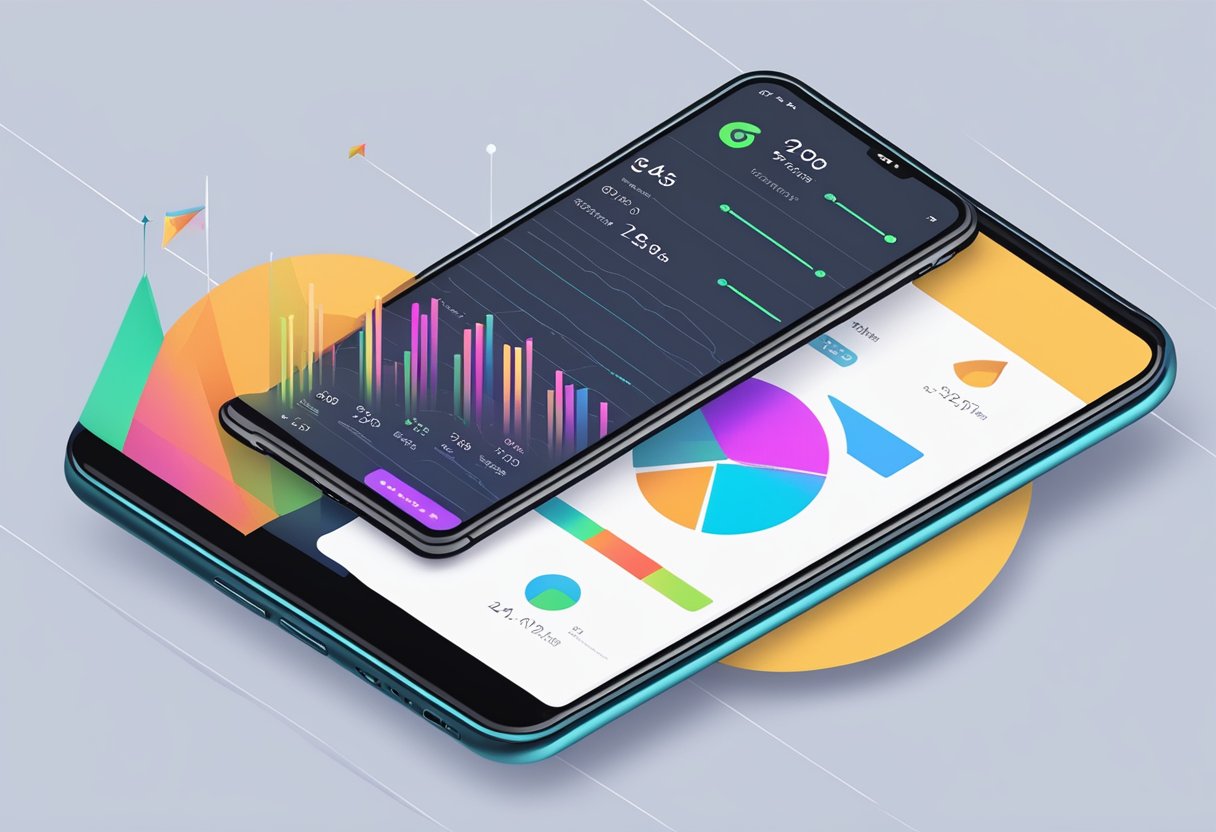React Native is a popular open-source framework that enables developers to build cross-platform mobile applications using JavaScript and React. While React Native offers many benefits, such as faster development time and code reusability, it can be challenging to optimize app performance. This is where React Native Performance comes in, a tool that helps developers identify and resolve performance issues in their React Native apps.

With React Native Performance, developers can analyze various aspects of their app’s performance, such as rendering, memory usage, and network requests. The tool provides detailed performance metrics and insights, allowing developers to pinpoint the root cause of performance issues and optimize their app accordingly. React Native Performance also offers recommendations for improving app performance, such as reducing the number of unnecessary re-renders or optimizing image loading.
By using React Native Performance, developers can ensure that their app is running smoothly and efficiently, providing a better user experience. In this article, we will explore how to analyze and optimize React Native app performance using React Native Performance. We will cover the key features of the tool, how to use it to identify performance issues, and best practices for optimizing app performance. Whether you are a seasoned React Native developer or just starting, this article will provide valuable insights and tips for improving your app’s performance.
Índice De Conteúdo
Fundamentals of React Native Performance

Understanding React Native Architecture
To optimize the performance of a React Native app, it is essential to have a clear understanding of its architecture. React Native is built on top of the React framework and uses a bridge to communicate between the JavaScript code and the native code. The bridge is responsible for passing messages between the two sides, and this communication can cause performance issues if not handled correctly.
Profiling React Native Apps
Profiling is the process of measuring and analyzing the performance of an application. React Native provides several tools for profiling, such as the React Native Performance tool. This tool helps developers identify performance bottlenecks in their code and provides recommendations for optimizing performance.
Key Performance Metrics
To optimize the performance of a React Native app, developers need to focus on three key metrics:
- Startup time: This is the time it takes for the app to launch and become usable. A slow startup time can lead to a poor user experience.
- Rendering time: This is the time it takes for the app to render new content on the screen. Slow rendering can cause the app to appear sluggish and unresponsive.
- Memory usage: React Native apps can consume a significant amount of memory, which can lead to performance issues. Developers need to monitor memory usage and optimize their code to reduce memory consumption.
By focusing on these key metrics, developers can optimize the performance of their React Native apps and provide a better user experience.
Optimization Techniques
React Native Performance provides several optimization techniques that developers can use to improve the performance of their React Native apps. These techniques are designed to address various performance issues, such as slow JavaScript thread performance, inefficient native modules, unoptimized UI components, excessive memory usage, and slow network requests.
Improving JavaScript Thread Performance
One of the most common performance issues in React Native apps is slow JavaScript thread performance. React Native Performance provides several techniques to improve the performance of the JavaScript thread, such as using the shouldComponentUpdate lifecycle method to prevent unnecessary re-renders, using the PureComponent class to optimize the rendering of components, and using the FlatList component to efficiently render large lists of data.
Enhancing Native Modules
React Native Performance also provides several techniques to enhance the performance of native modules, such as using the NativeEventEmitter class to handle events efficiently, using the NativeModules module to access native modules directly, and using the TurboModules system to improve the performance of native modules.
Optimizing UI Components
React Native Performance provides several techniques to optimize the performance of UI components, such as using the shouldComponentUpdate lifecycle method to prevent unnecessary re-renders, using the PureComponent class to optimize the rendering of components, and using the FlatList component to efficiently render large lists of data.
Reducing Memory Usage
React Native Performance provides several techniques to reduce the memory usage of React Native apps, such as using the FlatList component to efficiently render large lists of data, using the VirtualizedList component to render only the visible items in a list, and using the Image component to load images efficiently.
Network Optimization Strategies
Finally, React Native Performance provides several techniques to optimize the performance of network requests in React Native apps, such as using the fetch API to make network requests, using the XMLHttpRequest API to make network requests, and using the WebSocket API to establish real-time connections with a server.
Overall, React Native Performance provides developers with a comprehensive set of optimization techniques that can help improve the performance of their React Native apps. By using these techniques, developers can ensure that their apps are fast, responsive, and efficient.


1 comentário em “Analyzing and Optimizing React Native App Performance with React Native Performance”